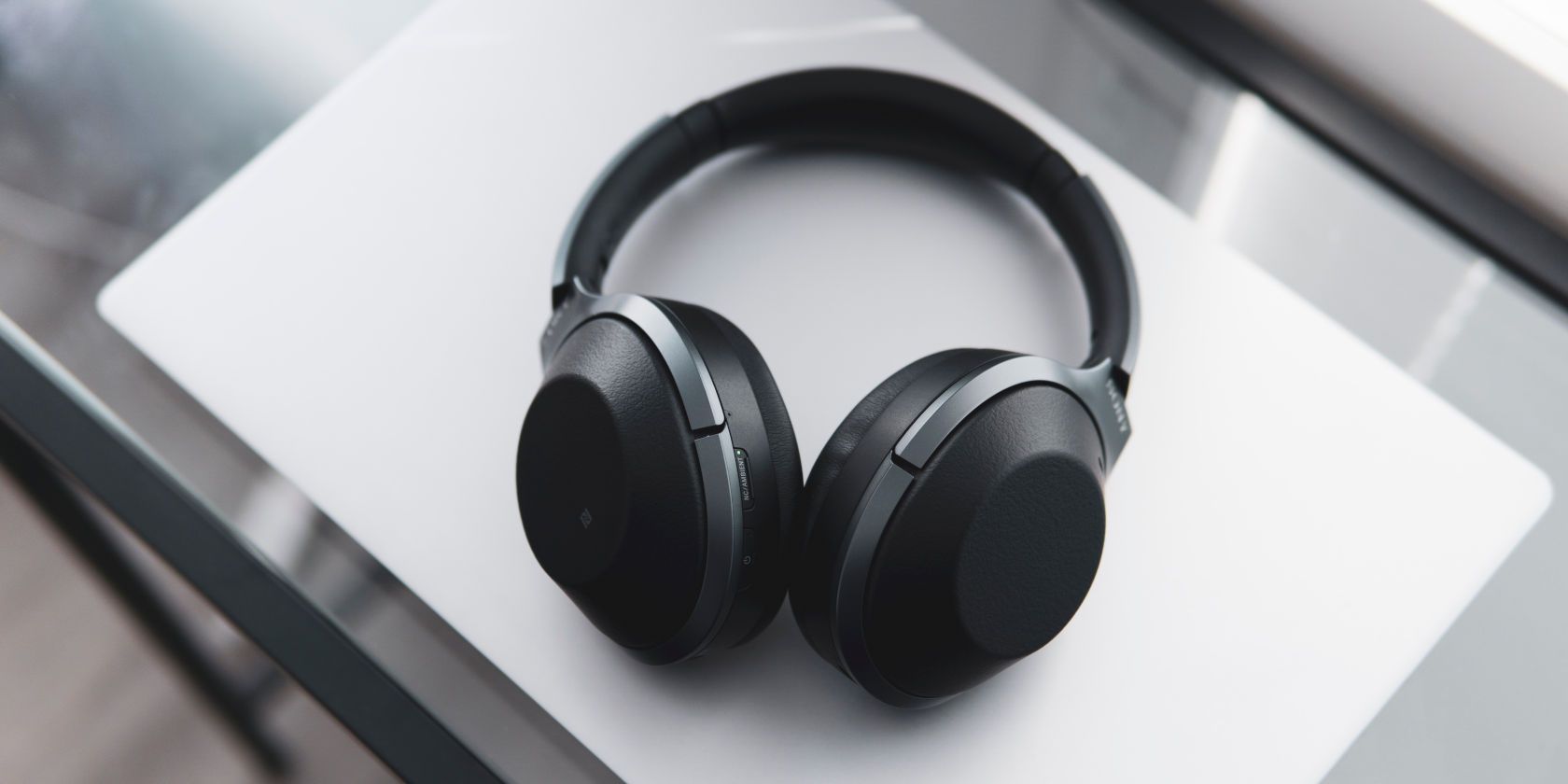If you have ever watched review videos on YouTube about headphones, you must have noticed how reviewers seem to use a plethora of terms. It's almost like audiophiles have a dictionary of their own.
Terms like soundstage, imaging, impedance, sensitivity, frequency response, and sound signature get thrown around a lot. In this article, we will explain what soundstage and imaging mean, why they matter, and the difference between the two.
What Is a Soundstage?
Soundstage is the perceived sense of the width, depth, and height of the imaginary "stage" where the music performance is being performed. To put it simply, it's the interpretation of how far the sound is coming from (like if you're in an auditorium, the sound will feel like it's coming from a distance).
Headphones with a good soundstage make you feel like you are listening to a live performance rather than a recorded track. It feels as if you are "in the moment," so to speak. Now, that's not to say that the "more" or the "bigger" the soundstage the better—some people like more of it, some less so.
It depends on your personal preference. It's something that you have to try out for yourself to accurately judge how much of it you are comfortable with and find the most enjoyable.
To give you an example, say you're a gamer and are playing a shooting game. Headphones with a good soundstage will make it possible for you to sense where an enemy player is located on the map via the sound of their footsteps, gunfire, or speech—just like in real life. Without soundstage, you will not be able to sense any of those things.
What Is Audio Imaging?
While soundstage is about distance, imaging is about direction and separation. In other words, imaging is the accuracy of the placement of musical instruments. Headphones with good imaging allow the listener to tell where exactly a certain sound is coming from, such as a guitar string, piano, vocals, etc.
To put it simply, you will be able to pinpoint where exactly a musical instrument is placed on an imaginary 3D stage, along with the singer's position. As the name suggests, it allows you to imagine where the performance or recording took place with ease.
While cheap headphones tend to blend all the sounds together, high-end headphones with good imaging focus on separating each musical note to make it sound distinct, clear, and palpable.
Think of it like this: without good imaging, your headphones are like a smoothie; there is flavor, yes, but all the ingredients are mixed together. With good imaging, your headphones are like a fruit salad; keeping each ingredient separate allows you to better identify its quality and acknowledge its unique taste.
Going back to the gamer analogy, you will be able to get a sense of things such as the texture of the wall when your player takes cover, the material your armor is made of, how your footsteps sound on different surfaces, and so on. Basically, it makes the whole environment feel a lot more real and immersive.
Invest in a Pair of High-End Headphones
Soundstage and imaging are sometimes used interchangeably, but they are not the same thing. Some models of headphones favor the former, while others have a knack for the latter. Regardless, both are some of the most important qualities you can have in your headphones to elevate your listening experience.
While most people aren't audiophiles, we all definitely love music. And based on your music taste, your preference in how your headphones are tuned is also affected. For casual listeners, soundstage and imaging may not be that important. But for audiophiles, artists, audio engineers, and gamers, a great set of headphones make all the difference.




